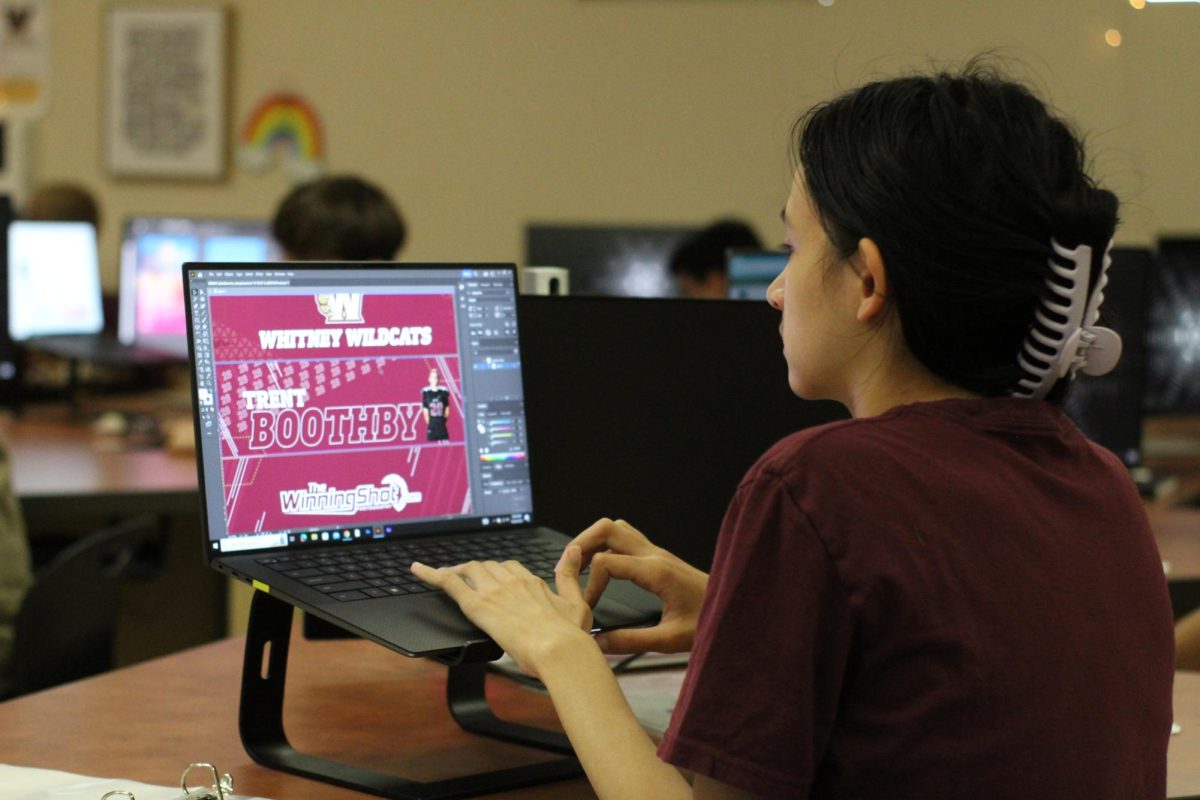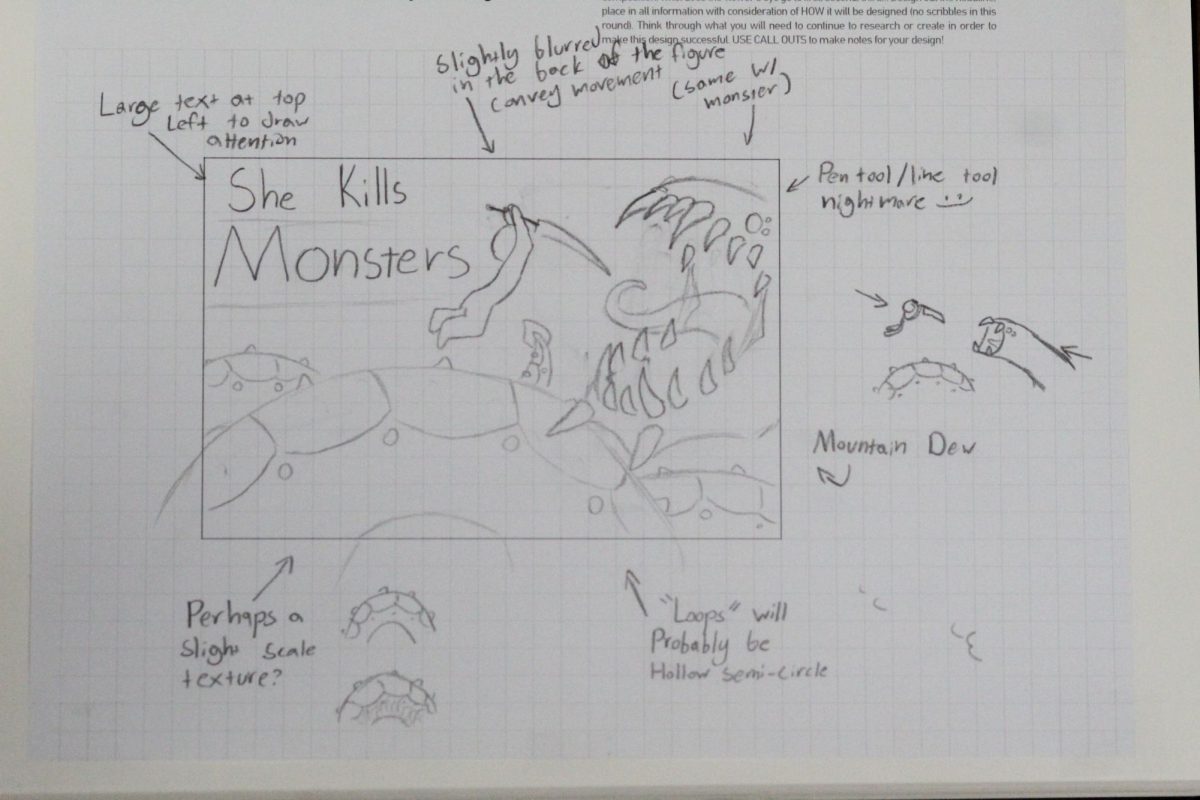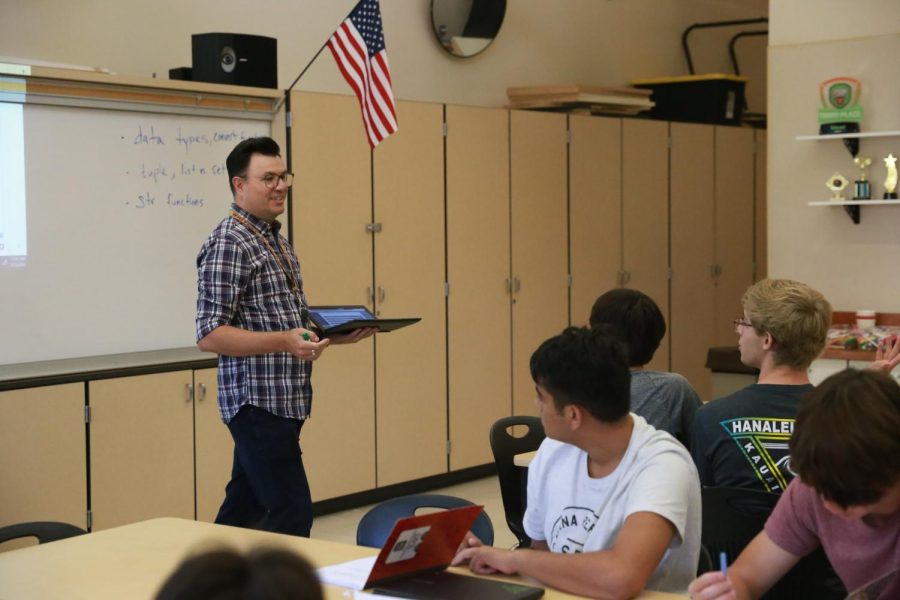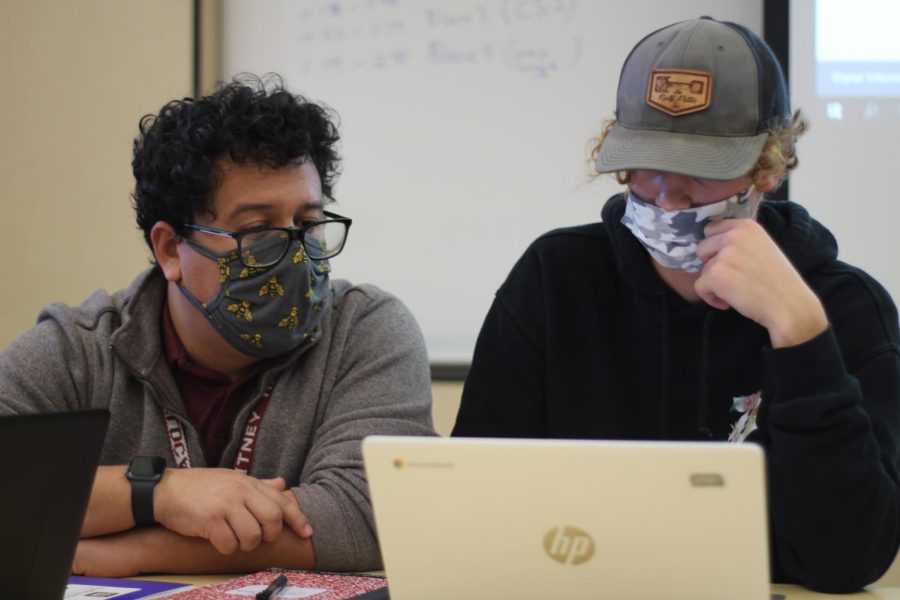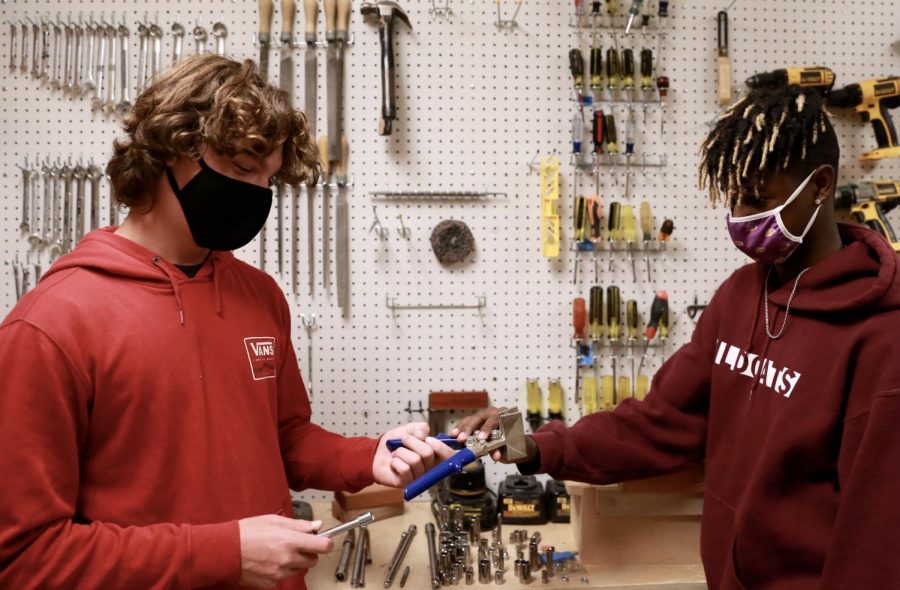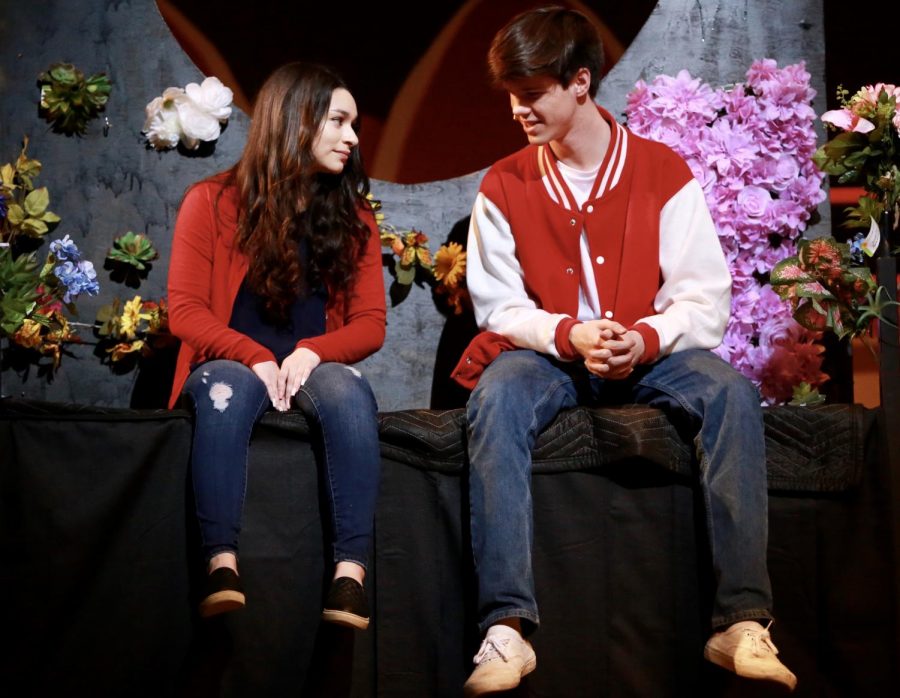All across campus, student work on t-shirts, sweatshirts, stickers and posters, through the advanced graphics program. Students work under the guidance of Ms. Whitney Lum to create apparel, posters, social media graphics and more.
Before a final product is presented to the school, every graphics student makes a design based on the assignment. Students can be assigned a variety of items to design graphics for. They pull inspiration from different sites that they put onto a mood board, organize those ideas and start the sketching process.
“You wouldn’t imagine it, but it’s actually a very long process. We have to do these mood boards. We have to go on Pinterest and get a bunch of pins to develop our ideas,” Christine Louie said.
Students put in more than four class periods of work before they get onto the computer. First, Lum introduces the assignment to the class, then the students find inspiration and research what they are interested in designing.
While researching, they have to think about how they can be unique and what makes a design good or bad. After, they do a round of sketches that may be followed up with a second round of sketching.
“A lot of times it takes a long time to even get on the computer because I want them to pre-plan and pre-think about what they’re doing so then when they get on the computer, it’s easier to execute and they have an idea of what they want to do, versus just clicking around and making random things,” Lum said.
Using Adobe Photoshop or Illustrator, students make their design come to life. After their first design is complete, the process of revision begins.
Students in each period look at every design in pairs of two during class. Then, students write in their notebook what they liked and what could be improved.
Lum chooses two of the best designers to present their opinions to the class, and she steps in and gives her opinion when needed. The students go back to their designs and apply what they learned from the critique.This process can take up to eight class periods.
“Everyone designs, and a lot of times it’s a minimum of three class periods. Preferably, like six to eight, because then we can do two-day critiques in the middle of that and then they can improve their stuff while they’re still designing versus at the end when it’s too late. We like to do a mid in-progress critique,” Lum said.
After students from each class period present their final product, the final decision is made by Lum and the winner is announced.
“[Being chosen is] pretty exciting. They have like this tournament … where the top moves on and it’s exciting when your designs keep going forward,” Vern Toor said.
Although a design may win, they still have to have the client’s approval.
“Once [they] win, [they] get more work, but in a great way because [they] get to show it off,” Lum said. “So Katelyn [Vu] just won for the play poster. Right now, she’s making revisions for Mr. [Joshua] Ansley because her final [design] for the class wasn’t [his final], he wanted to see something else in [the poster]. Now, she’s making changes; she’s going to make a poster, an eight foot banner, half page flyers, a program cover and a social media graphic.”
In the end, students’ work is publicized all over campus and social media for everyone to see.
Vu said, “I love [Lum] as a teacher, and I like her as a mentor. The class is really demanding sometimes. It gets really stressful, but it’s okay because it’s fun to do and it simulates real life graphic design.”
by ALEXIS DASHNYAM & REILYNN ROUX

